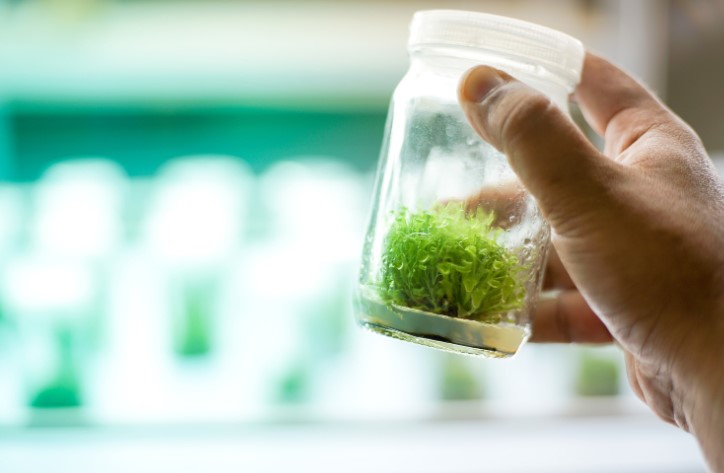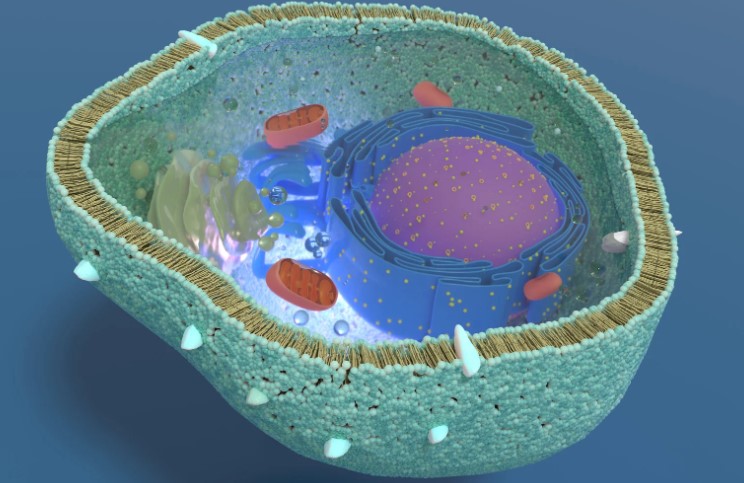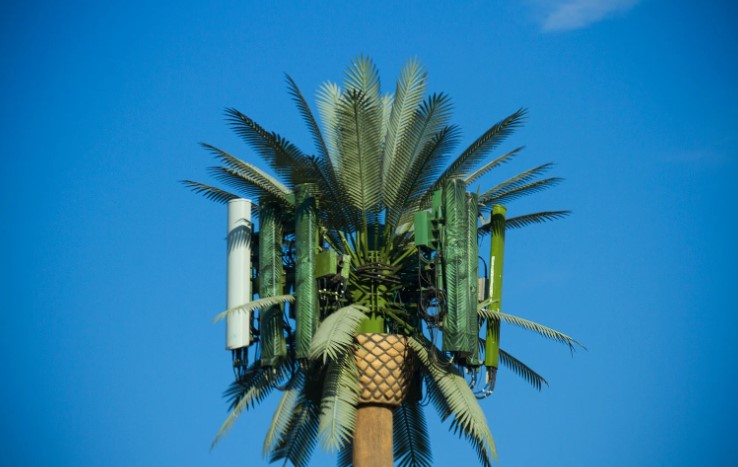- What Makes Plant and Yeast Cells Similar?
- What Structure Is Present in Both Plant and Yeast Cells, but Not in a Bacterial Cell?
- How Does the Cell Wall Differ Between Plants, Yeast, and Bacteria?
- What Other Differences Exist Between These Cells?
- How Does a Bacterium Differ from a Plant Cell?
- Which Is the Smallest Cell – a Plant Cell, a Yeast Cell, or a Bacterial Cell?
- Name One Structure Found in Plant Cells but Not in Bacterial Cells?
- Why Does This Difference Matter in Biology?
- Conclusion
- Frequently Asked Questions (FAQs)
Cells are the fundamental building blocks of life, but not all cells are the same. Depending on the organism, cells can have distinct structures that define their function and complexity.
In this blog, I will explore what structure is present in both plant and yeast cells, but not in a bacterial cell? and explain why this difference is essential in biology.
By understanding these cellular differences, we gain insights into how organisms grow, reproduce, and interact with their environments.
What Makes Plant and Yeast Cells Similar?
Both plant cells and yeast cells are classified as eukaryotic cells, meaning they have a true nucleus and membrane-bound organelles. This makes them more advanced compared to bacterial cells, which are prokaryotic and lack these features.
Key Similarities Between Plant and Yeast Cells:
- Presence of a nucleus – DNA is enclosed within a membrane.
- Membrane-bound organelles – Includes mitochondria, Golgi apparatus, and endoplasmic reticulum.
- Cell wall – Both have a protective outer layer (though made of different materials).
- Ability to reproduce – Both undergo cell division, though yeast primarily reproduces through budding.

What Structure Is Present in Both Plant and Yeast Cells, but Not in a Bacterial Cell?
The key structure present in plant and yeast cells but absent in bacterial cells is the nucleus.
Why Is the Nucleus Important?
- Contains genetic material (DNA) – Unlike bacteria, where DNA floats freely in the cytoplasm, plant and yeast cells store their DNA within a nuclear membrane.
- Controls cell activities – The nucleus regulates gene expression, growth, and reproduction.
- Separates transcription from translation – In bacteria, these processes happen simultaneously, whereas in eukaryotic cells, they occur separately, allowing for more complex regulation.
Since bacterial cells lack a nucleus, they are classified as prokaryotic, while plant and yeast cells are eukaryotic.
How Does the Cell Wall Differ Between Plants, Yeast, and Bacteria?
Although all three cell types have a cell wall, their composition is different:
| Cell Type | Cell Wall Composition | Function |
| Plant Cells | Cellulose | Provides rigidity and support |
| Yeast Cells | Chitin | Offers protection and structural integrity |
| Bacterial Cells | Peptidoglycan | Helps maintain shape and prevent bursting |
This difference in composition affects how these cells respond to antibiotics, environmental stress, and structural needs.
What Other Differences Exist Between These Cells?
Besides the presence of a nucleus, plant, yeast, and bacterial cells differ in various ways:
Organelles
- Plant and yeast cells have mitochondria, Golgi bodies, and other organelles, while bacteria do not.
Reproduction
- Plant cells reproduce sexually and asexually.
- Yeast cells reproduce mainly by budding.
- Bacteria reproduce by binary fission, a simple asexual process.
Metabolism
- Plants perform photosynthesis using chloroplasts.
- Yeast cells undergo fermentation, especially in anaerobic conditions.
- Bacteria have diverse metabolic strategies, including photosynthesis, fermentation, and nitrogen fixation.

How Does a Bacterium Differ from a Plant Cell?
A bacterial cell and a plant cell have many structural differences, as shown in the table below:
| Feature | Bacterium (Prokaryotic) | Plant Cell (Eukaryotic) |
| Nucleus | Absent (DNA floats in cytoplasm) | Present (membrane-bound) |
| Cell Wall | Peptidoglycan | Cellulose |
| Chloroplasts | Absent | Present (for photosynthesis) |
| Membrane-bound Organelles | Absent | Present (e.g., mitochondria, Golgi apparatus) |
| Size | Smaller (0.1 – 5 µm) | Larger (10 – 100 µm) |
This table highlights how plant cells are more complex and structurally advanced than bacterial cells.
Which Is the Smallest Cell – a Plant Cell, a Yeast Cell, or a Bacterial Cell?
The smallest cell among the three is the bacterial cell.
| Cell Type | Size Range |
| Bacterial Cell | 0.1 – 5 µm |
| Yeast Cell | 3 – 10 µm |
| Plant Cell | 10 – 100 µm |
Bacterial cells are much smaller than yeast or plant cells, allowing them to multiply rapidly and adapt to various environments.

Name One Structure Found in Plant Cells but Not in Bacterial Cells?
One of the most notable structures found in plant cells but absent in bacterial cells is the chloroplast.
What Is the Function of Chloroplasts?
- Chloroplasts enable photosynthesis which allows plants to convert sunlight into energy.
- They contain chlorophyll, giving plants their green pigment.
- Bacterial cells do not have chloroplasts and rely on other methods for energy production.
Why Does This Difference Matter in Biology?
The presence of a nucleus and organelles in plant and yeast cells affects their genetic control, energy production, and cellular processes. These differences are crucial in:
- Medical research – Antibiotics target bacterial cells but not eukaryotic cells.
- Biotechnology – Yeast is used in fermentation for food, beverages, and biofuel production.
- Agriculture – Understanding plant cell structures helps improve crop growth and resistance.
Conclusion
To summarize:
- Plant and yeast cells have a nucleus, while bacterial cells do not.
- Bacterial cells are much smaller and lack membrane-bound organelles.
- Cell walls differ in composition across these three cell types.
- Chloroplasts are unique to plant cells and play a crucial role in photosynthesis.
Understanding these cellular differences is essential in biology, medicine, and biotechnology. Whether studying antibiotics, fermentation, or plant growth, knowing the fundamental structures of cells helps us better understand life at the microscopic level.
Frequently Asked Questions (FAQs)
1. Do yeast cells have chloroplasts like plant cells?
No, yeast cells do not have chloroplasts because they do not perform photosynthesis.
2. How are yeast cells more similar to plants than bacteria?
Yeast cells share a nucleus, mitochondria, and other organelles with plant cells, making them more similar to plants than bacteria.
3. Why don’t bacterial cells have a nucleus?
Bacteria are prokaryotic, meaning their DNA is free-floating in the cytoplasm rather than enclosed in a nucleus.
4. What is the function of the nucleus in plant and yeast cells?
The nucleus stores DNA and controls gene expression, cell growth, and reproduction.


0 Comments